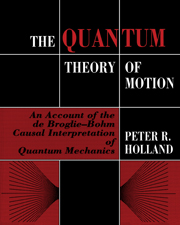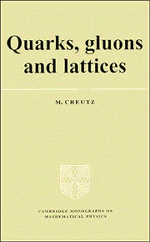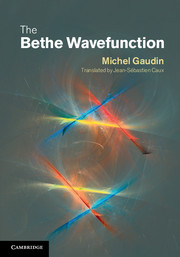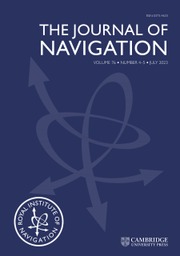The Quantum Theory of Motion
This book presents the first, comprehensive exposition of the interpretation of quantum mechanics pioneered by Louis de Broglie and David Bohm. The purpose is to explain how quantum processes may be visualized without ambiguity or confusion, in terms of a simple physical model. Developing the theme that a material system, such as an electron, is a particle guided by a surrounding quantum wave, an examination of the classic phenomena of quantum theory is presented to show how the spacetime orbits of an ensemble of particles can reproduce the statistical quantum predictions. The mathematical and conceptual aspects of this theory are developed carefully from first principles. The book thus provides a comprehensive overview of an approach which brings clarity to a subject notorious for its conceptual difficulties. It will, therefore, appeal to all physicists with an interest in the foundations of their subject.
- Comprehensive overview
Reviews & endorsements
'I strongly recommed The Quantum Theory of Motion to the physics community for its clear and thorough presentation of a theory deserving much wider attention.' Nature
Product details
January 1995Paperback
9780521485432
620 pages
251 × 176 × 34 mm
1.09kg
90 b/w illus.
Available
Table of Contents
- 1. Quantum mechanics and its interpretation
- 2. Hamilton–Jacobi theory
- 3. Elements of the quantum theory of motion
- 4. Simple applications
- 5. Interference and tunnelling
- 6. The classical limit
- 7. Many-body systems
- 8. Theory of experiments
- 9. Spin 1/2: The Pauli theory
- 10. Spin 1/2: The rigid rotator
- 11. The Einstein–Podolsky–Rosen experiment and nonlocality
- 12. Relativistic quantum theory
- References
- Index.







